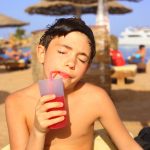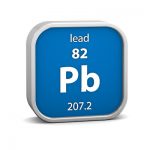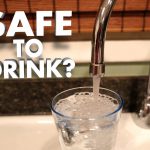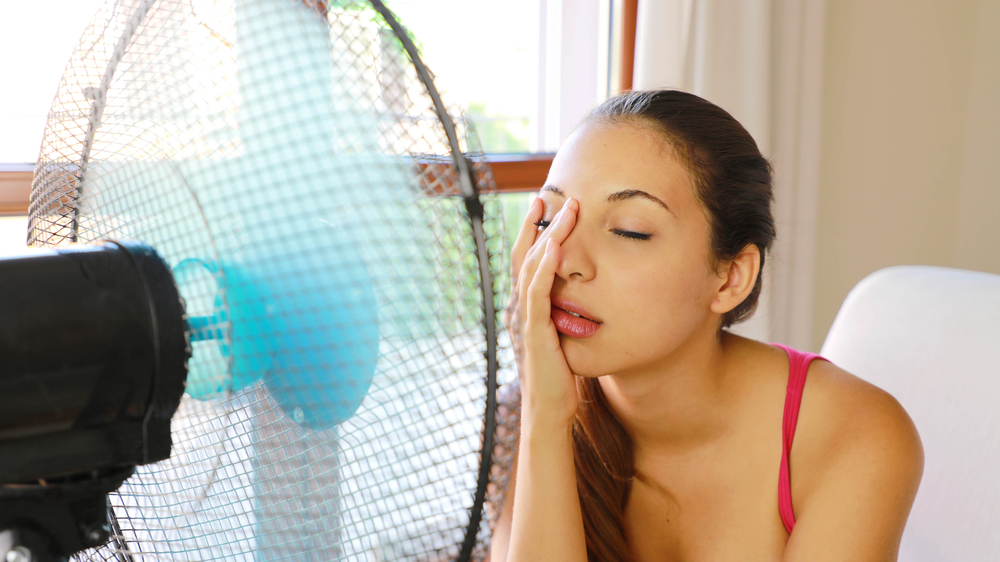
July 19th 2022 saw the hottest day on record, with a temperature of 40.3°C (104.5 °F). The Met Office has predicted that this summer will be even hotter. The UK has launched a heatwave alert system in preparation for, “more intense” hot weather, which will include “heat-health alerts” with a colour coded warning system. When the weather reaches such extremely high temperatures, it is important to take appropriate measures to protect yourself and prevent heat-related illnesses.
Keep Your Cool
There are a number of things you can do to help stay cool during hot weather. ZeroWater have put together the following recommendations to help you beat the heat…
- Limit outdoor activities
Minimise outdoor activities, especially during the hottest times of the day. If you must be outside, try to do so during the cooler early morning or evening hours.
- Seek shade or air-conditioned environments
Stay in shaded areas or indoors with air conditioning whenever possible to cool down.
- Keep your living space cool
Use fans, blinds, or curtains to keep your home cool. You can also use cool towels or take cool showers to lower your body temperature.
- Dress appropriately
Wear lightweight, loose-fitting clothing that allows air circulation and helps your body stay cool. Opt for light-coloured clothing that reflects sunlight instead of absorbing heat.
- Use sunscreen
Apply sunscreen with a high sun protection factor (SPF) to protect your skin from harmful UV rays.
- Stay hydrated
Drink plenty of water throughout the day to stay hydrated. Avoid alcohol, caffeine, and sugary drinks as they can contribute to dehydration.
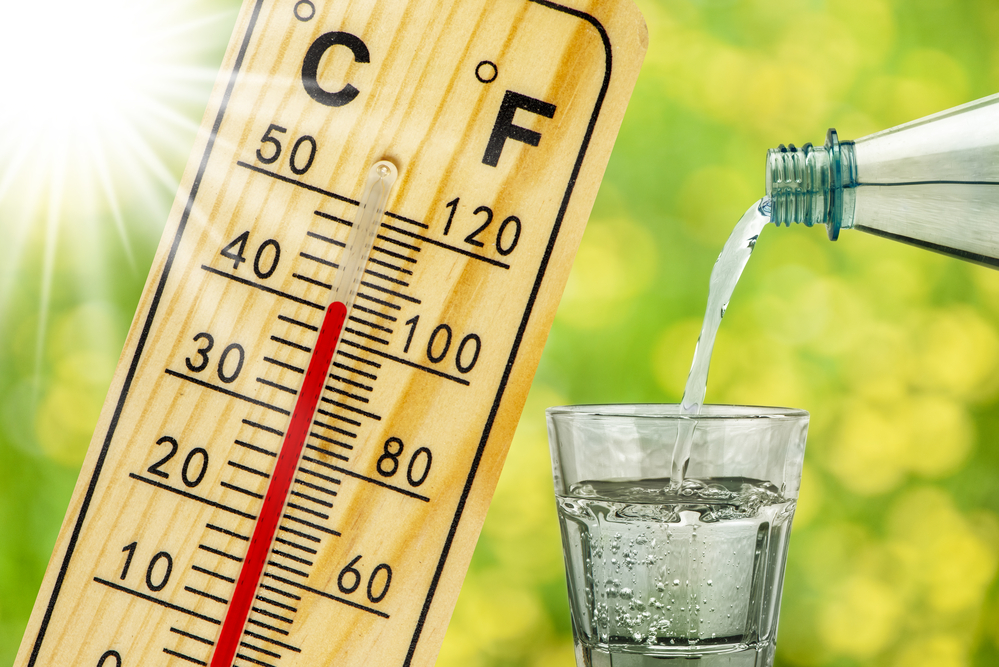
Stay hydrated with ZeroWater
Be Vigilant for Signs of Dehydration
Early signs of dehydration in adults include:
- Experiencing thirst and dizziness
- Having a dry mouth
- Feeling fatigued or tired
- Noticing dark-coloured or strongly odorous urine
- Decreased frequency of urination
Signs of dehydration in infants can include:
- A sunken soft spot (fontanelle) on their head
- Limited or absent tears when crying
- Fewer wet nappies than usual
- Exhibiting drowsiness or appearing lethargic
Heat-related Illnesses
Heat-related illnesses are a spectrum of conditions that can occur when the body overheats due to prolonged exposure to high temperatures or intense physical activity in hot environments. Some common heat-related illnesses include:
- Heat cramps: Heat cramps are painful muscle spasms that typically occur during intense physical activity in hot weather. They are often caused by electrolyte imbalances, particularly low levels of sodium, potassium, or magnesium. Resting in a cool place, hydrating with fluids, and gently stretching the affected muscles can help alleviate heat cramps.
- Heat exhaustion: Heat exhaustion is a more serious condition that occurs when the body loses an excessive amount of fluids and electrolytes through sweating. Symptoms may include heavy sweating, weakness, dizziness, headache, nausea, vomiting, rapid heartbeat, and cool, clammy skin. If left untreated, heat exhaustion can progress to heatstroke. To treat heat exhaustion, it is important to move to a cooler environment, rest, drink cool fluids, and apply cool compresses.
- Heat syncope: Heat syncope refers to a sudden fainting or loss of consciousness caused by decreased blood flow to the brain, often due to standing for long periods in the heat or suddenly rising from a sitting or lying position. It is typically a temporary condition, but it is important to rest in a cool place, elevate the legs, and hydrate to recover.
- Heat rash: Heat rash, also known as prickly heat, occurs when sweat ducts become clogged, leading to small red bumps, itching, and a prickling sensation on the skin. Heat rash is most common in areas where clothing causes friction or sweat becomes trapped, such as the neck, chest, groin, and folds of the skin. It can be relieved by moving to a cooler environment, wearing loose clothing, and keeping the affected area dry.
- Heat edema: Heat edema is characterised by swelling in the hands, feet, and ankles due to excessive fluid accumulation caused by hot weather. Elevating the affected limbs, wearing loose clothing, and staying cool can help reduce the swelling.
- Heatstroke: Heatstroke is the most severe and potentially life-threatening heat-related illness. It occurs when the body’s temperature regulation system fails, and body temperature rises to dangerous levels (usually above 104°F or 40°C). Heatstroke requires immediate medical attention as it can damage the brain, heart, kidneys, and other organs. Symptoms may include a high body temperature, altered mental state, confusion, rapid breathing, racing heart rate, headache, nausea, seizures, and loss of consciousness.
If someone is suspected of having heatstroke, call emergency services immediately and take steps to cool the person down, such as moving them to a shaded area, removing excess clothing, and applying cool water or ice packs to their body while waiting for medical help to arrive.
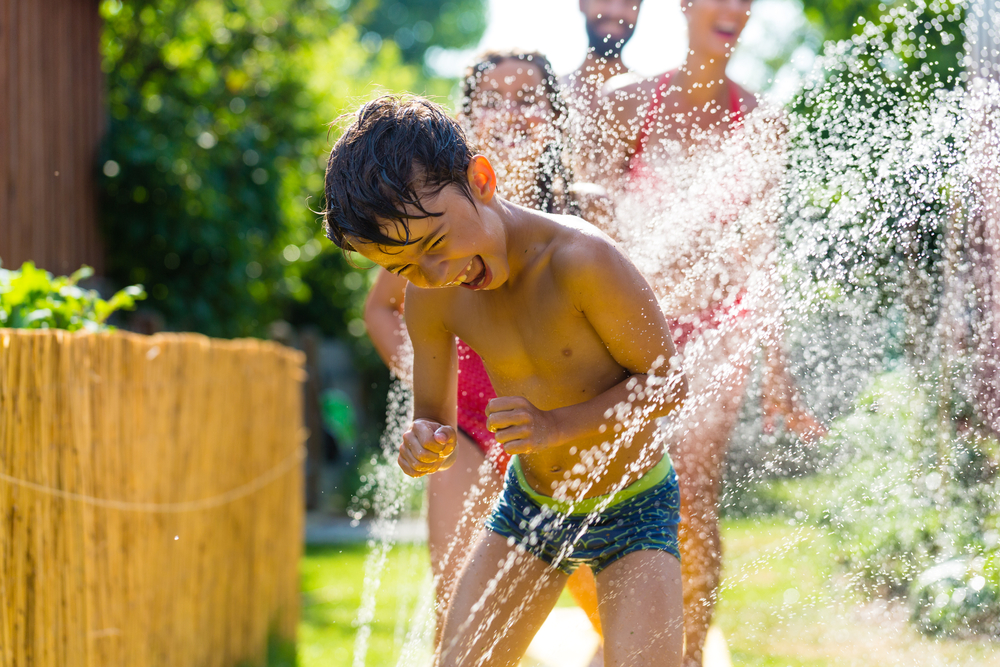
Stay Cool and Hydrated with ZeroWater
ZeroWater has a 5-stage filtration system which offers several benefits compared to regular tap water. ZeroWater filters remove virtually all dissolved solids for the purest tasting water, helping you to stay healthy and hydrated throughout the summer and beyond.

